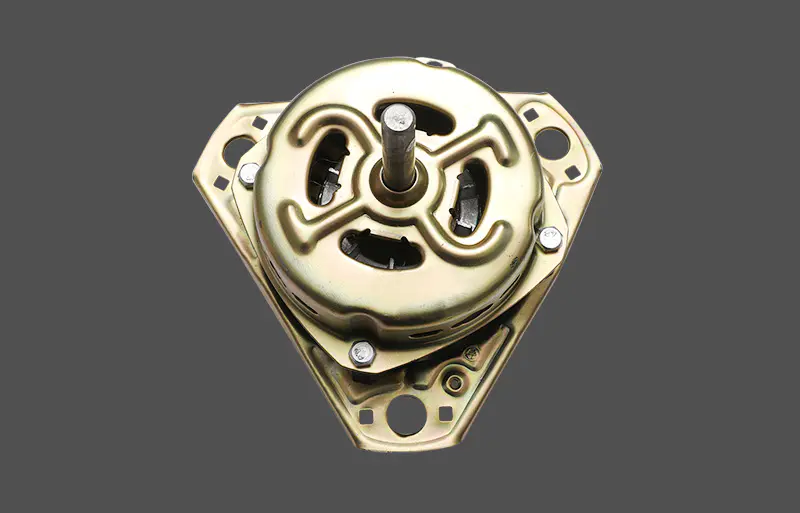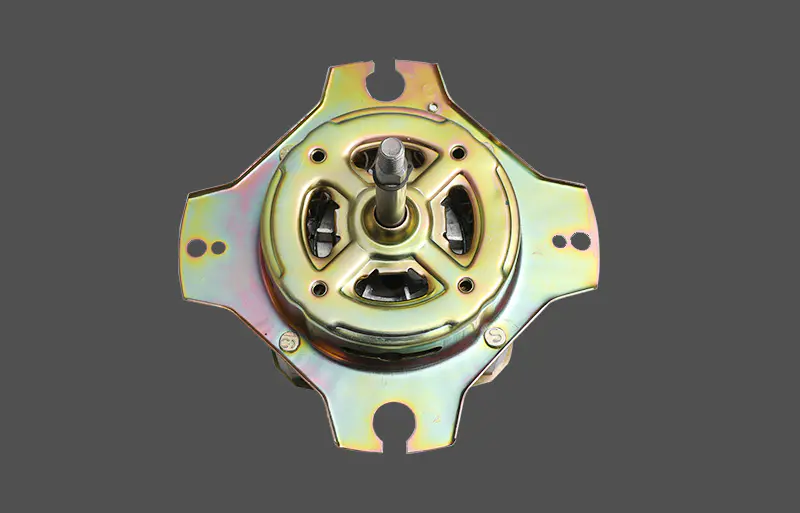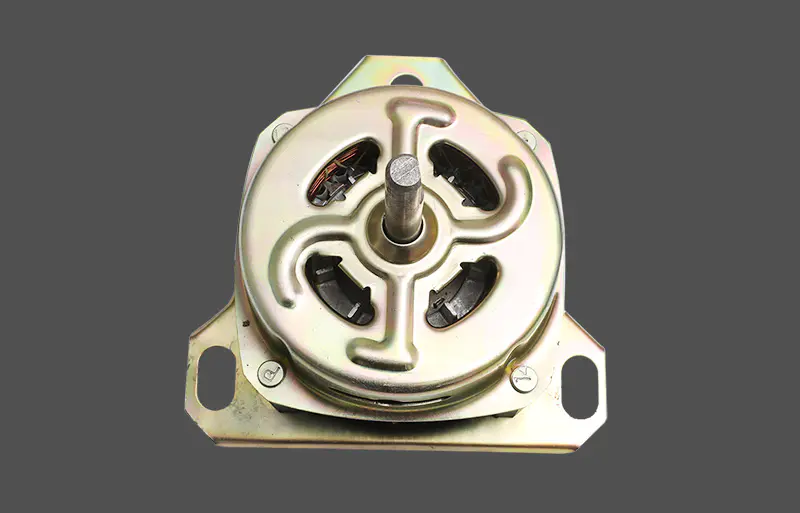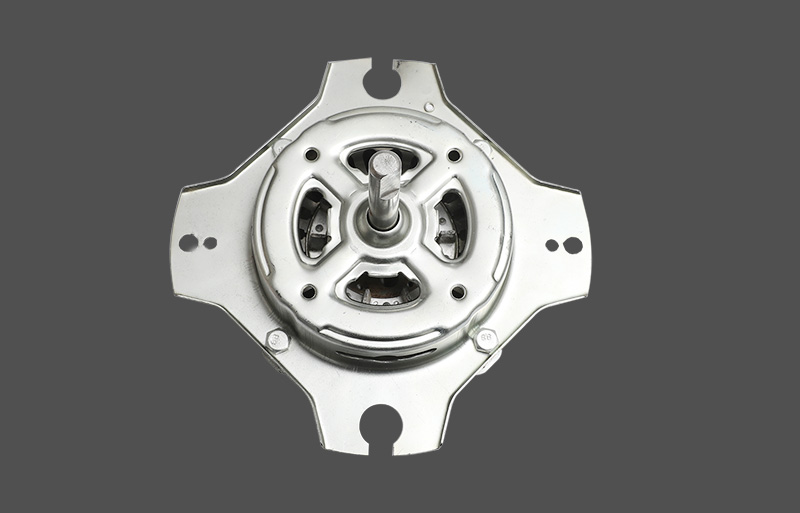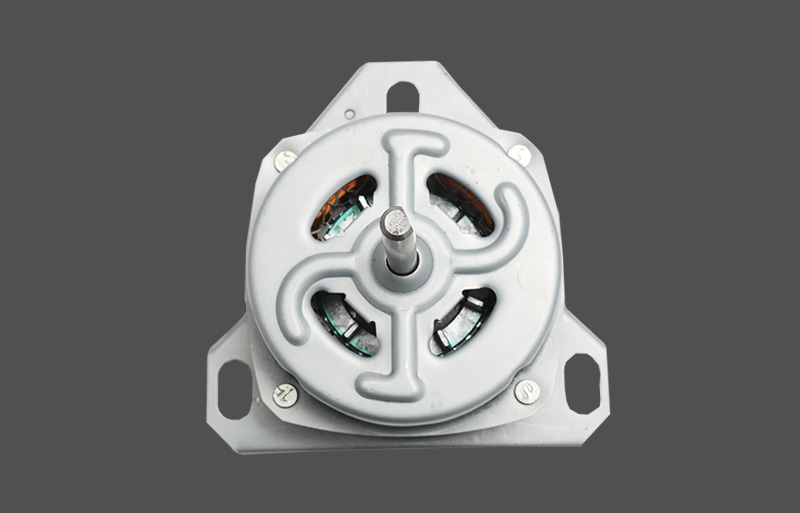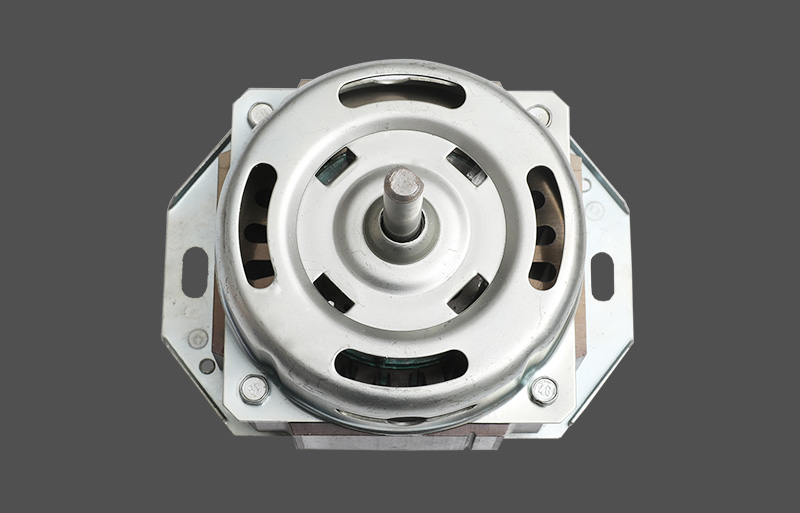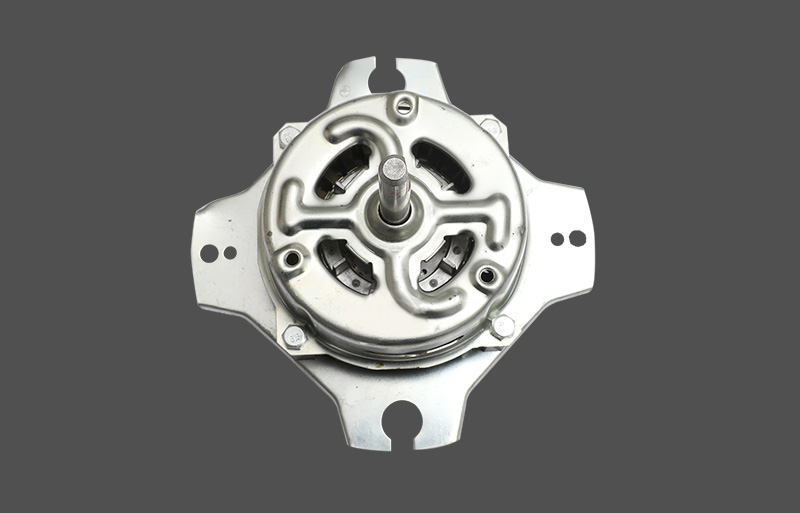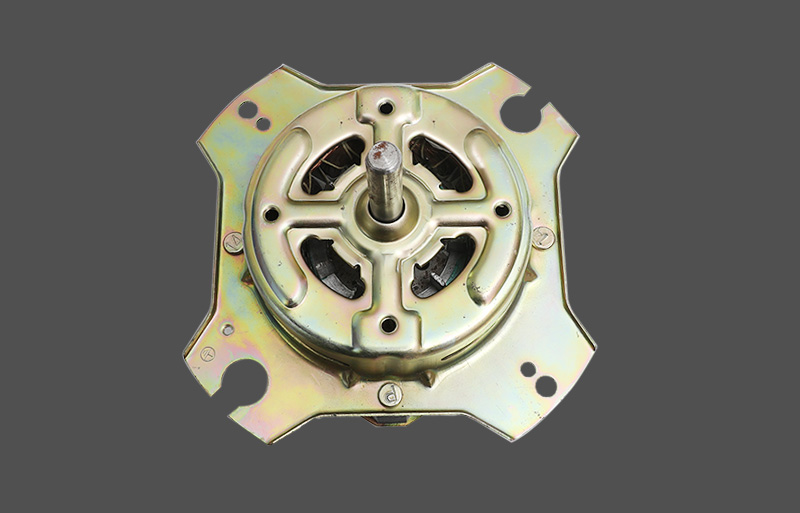Before choosing a gear motor for your operation, it's important to understand what a gear motor is, what it does and any technical and mechanical constraints that exist over other motor types you can use.
Gear motors can be described as a complete motion force system that consist of a electric motor and reduction gears that are generally designed within a single casing. Within this casing both the motor and the gears can be configured for precise engineering.machine Wash Washing Motors
Additionally, housing of the gears and motor within the same design casing means that it can be easier to reduce the size of the components over choosing a separated motor and gear rack. As such, you will often find these types of motors within power tools and electrically powered machines that are dependent on size and weight restrictions. These motors can however be upsized to power commercial lifts or downsized to power alarm clocks for the home.
One of the main benefits of a gear motor is that they are designed for output speed reduction whilst the torque is increased. However this is proportionate in ratio.
This type of speed reduction gearing enables smaller electric motors to mobilise larger loads, although it must be stated this will be slower than an alternative larger electric motor.
The reduction gears are made up of smaller gears that in turn drive larger gears. Often there are a number of gears sets to control the power and torque outputs. These motors are not just used to increase power and torque, but are often used to reduce power. A good example is within a small alarm clock. A small electric motors used within the clock will require different sized gears to power the hour hand, minute hand and second hand. The gears will be tuned based on the motor delivering the correct level of rpm whilst considering any elements of friction that have occur as a result of the electric motor clock mechanism. This exact same theory is applied in much larger applications of gear motor devices.
Torque management is another configurable benefit of using gear motors over other forms of electric motor. Torque reduction is required when a large load or force is required to be slowed down. An example of this would be for hospital hoists used to transfer heavy or immobile patients from bed to bed and reclining furniture where the load or weight being lifted or reclined isn't always going to be the same.
The majority of gear motors manufactured today for industrial applications are AC-powered. They are also fixed speed gears, however there are variable speed gear motors that will provide a higher degree of configuration and power/torque control. Alternatively there are DC gear motors that are generally used on vehicle and moving applications such as windscreen wipers and breakdown recovery power winches and pulleys.
These types of motors are ever increasing in usage from manufactures who supply goods both for industry and indeed within our home. From electric can openers to washing machines, electric gear motors are part of everyday life across the globe.




